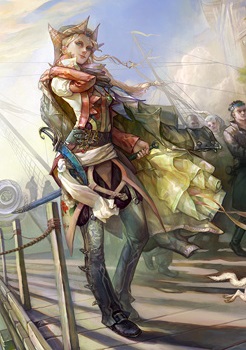D&d Sublime Chord Handbook

Contents • • • • • • • • • • • History Egyptian hieroglyph door, fish Phoenician Greek Etruscan D Roman D The Semitic letter may have developed from the for a fish or a door. There are many different that might have inspired this. In Semitic, Ancient Greek and Latin, the letter represented /d/; in the the letter was superfluous but still retained (see letter ). The equivalent is Delta,.

The (lower-case) form of 'd' consists of a loop and a tall stroke. It developed by gradual variations on the majuscule (capital) form. In handwriting, it was common to start the arc to the left of the vertical stroke, resulting in a at the top of the arc. This serif was extended while the rest of the letter was reduced, resulting in an angled stroke and loop. The angled stroke slowly developed into a vertical stroke.
$3 Off A 29' Great Divide $3 Off A 29" Great Divide image toggle order-talk opens in new window *Deals available at participating locations only. *Before placing your order, please inform your server if a person in your party has a food allergy. » Classes » Sublime Chord. Sublime Chord (Complete Arcane variant, p. 60) In return for abandoning her continuing study of bardic music, a sublime chord instead masters a number of spells more powerful than most bards can ever use.
D Amp Amp D Sublime Chord Handbook
Use in writing systems. • 'D' Oxford English Dictionary, 2nd edition (1989); 's Third New International Dictionary of the English Language, Unabridged (1993); 'dee', op. • Lynch, John (1998).. • Gordon, Arthur E. Retrieved 3 October 2015.  • Constable, Peter (2003-09-30). • ^ Constable, Peter (2004-04-19).
• Constable, Peter (2003-09-30). • ^ Constable, Peter (2004-04-19).